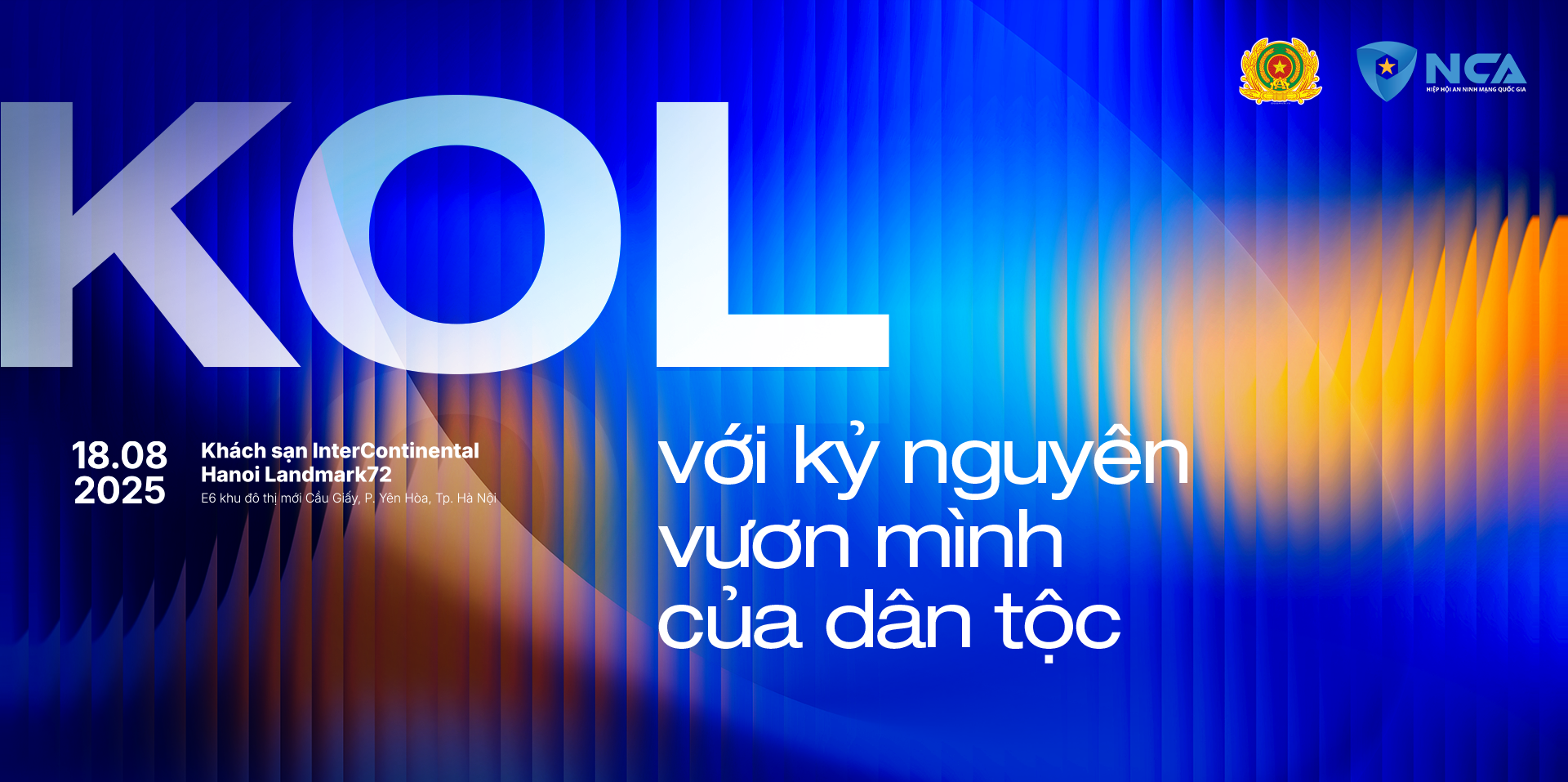The gift that keeps on giving: The story of the strategic thinking behind the John Lewis Christmas campaign
- share
- copy link
SUMMARY
John Lewis, a UK retailer, successfully launched several Christmas campaigns that consolidated its advertising's status as an iconic Christmas event.
- In a bid to increase sales and consumer engagement, John Lewis realised early that it needed to devise a marketing strategy that would create an emotional connection.
- With this in mind, each campaign followed an emotional and product-free storytelling style that could set the tone for the year's Christmas campaign.
- Following the centerpiece Christmas campaign film, the brand developed an immersive experience that's aided through social, digital, OOH, online, TV, PR and POS ads.
- As a result, John Lewis has registered an increase in sales of 33% over the past four years, as well as a market share increase to 29.6% and an ROI peak of £10 for every £1 spent.
Introduction:
You know the John Lewis Christmas campaign, but you might be interested to know the story of the strategic thinking behind it.
(If not, then maybe look away now. You have around 6 minutes of your life back, so use them wisely.)
It's a story about changing how and when John Lewis advertises.
It's a story of a proposition that keeps on giving for creatives.
It's a story of mistakes and learning from them.
It's a story of defining a brand's campaign 'handwriting'.
It's a story of the power of sticking with what's working.
It's a story of keeping the long term strategy the same in a marketing world full of short term tactics.
It's a story of raising the bar even when the strategy doesn't need changing.
It's a story of transformational brand and business results that went far beyond what we could have imagined.
Beyond all of the above, it's a story about the power of giving and sharing.
John Lewis gave the British public heart-warming stories that they shared as a nation.
When a grateful nation gave John Lewis their business, they shared the profits with their staff.
And now we are sharing the story with you.
Chapter 1: Shifting to 'emotion at Christmas'
This story begins with a transformational shift in strategy around how and when John Lewis would advertise.
Other brands have followed suit, so the approach might now feel like the norm.
However, 7 years ago this strategy was pioneering.
In hindsight, the two strategic shifts are extraordinarily simple.
Firstly, at a time when many clients focused their advertising budgets on rational persuasion, we persuaded John Lewis to invest their money in emotional brand marketing. We wouldn't overtly 'sell' products, we would evoke the emotion of the brand.
John Lewis already had a strong rational basis of trust and customer service. As Barbara of The Royle Family once said: 'They look after you in John Lewis.. If you were going to wet yourself anywhere you'd wet yourself in John Lewis'.
However, in a tough retail market we believed the John Lewis brand and business needed to go to the next level by creating an emotional connection. Subsequent research by Les (and his friend Peter) for the IPA has continued to empirically support the foresight of this strategic decision.
Secondly, we decided to focus our relatively modest budgets around Christmas time.
Analysis of sales figures revealed that around 40% of John Lewis' profits were achieved over the crucial Christmas trading period. Christmas is also a special time of year, full of emotion that we hoped to tap into.
This transformational shift in strategy was the foundation for everything that followed.
Chapter 2: Developing 'an evergreen proposition'
As part of our focus on emotion at Christmas, strategy set about developing a 'proposition' for our marketing activity.
Our qualitative and quantitative research revealed three insights:
Business Insight - John Lewis has more products than any other general merchandiser on the high street. So, no matter who you are buying for, you will find the perfect gift at John Lewis.
Brand Insight - John Lewis is a calm, understated brand in all that it does. At a time of glitz and celebrities, John Lewis is more considered and thoughtful, and these values are prominent in every campaign.
Customer Insight - John Lewis appeals to an affluent and educated customer base, who like to buy well, and be seen to do so. When it comes to buying presents, they like to think more carefully and choose more thoughtfully.
These insights came together to create John Lewis' Christmas marketing proposition: the home of thoughtful gifting - a place where shoppers can find gifts that show 'a little more thought'.
This thinking gave us a strategic centre of gravity for every campaign, built upon business, brand and customer insight.
Crucially, it's more than a rational proposition - it's a platform for emotional storytelling.
It has achieved the holy grail for creative briefs: tight enough to focus the mind and expansive enough to excite the mind.
Every year our creative department can imagine hundreds of stories that spring board off 'thoughtful gifting'. It's a planner's proposition that keeps on giving to creatives.
Strategy created one of the most transformational 'propositions' in advertising today.
Chapter 3: Learning from failure
You probably don't remember the first 'thoughtful gifting' John Lewis Christmas campaign.
And you probably don't remember the second campaign either.
There were a series of gifting moments with an Ellie Goulding soundtrack. Ring any bells? Ok, no worries.
Ultimately, we admitted that it didn't emotionally connect enough to become part of the public's consciousness.
It was time for strategy to intervene. Our hypothesis was that the series of vignettes hadn't resonated, and a single narrative would be more emotive. We figured that this was the case with many successfully emotive films (except maybe Love Actually).
So, the following Christmas we kept faith in our 'thoughtful gifting' proposition, but specifically asked for one emotive story.
Our ambition was to transform our advertising into a gift to the British public - a story they could enjoy and share at Christmas.
Thankfully, with this guidance the following year a creative gift arrived (thank you, Matt and John).
We told the story of a little boy who appeared to be impatiently waiting for Christmas so he could open his presents, when in fact he was waiting to give a gift that he couldn't wait to give.
The rest is advertising history.
The forgotten campaigns were transformational, because they prompted a change in strategy.
2011: 'The long wait'
Chapter 4: Creating our campaign handwriting
We had got lucky - the campaign struck a chord with the public.
It was now time for strategy to plan the difficult second album.
We took solace from what had worked for the first album to develop tenets that defined our 'musical style' for the future.
They became the written rules in the presentations of the planners and the unwritten rules in the minds of the creatives.
We would be emotional and heart-warming. We believed in the power of storytelling before it became a buzzword. We wanted to get people to feel something, so that our campaigns would endure in their hearts and minds.
We would be understated. We would tell charming stories using simple apparatus, centred around human truths. We would eschew the glitz, glamour and over-the-topness exhibited by other brands desperate to make their mark. Sometimes a whisper can be louder than a shout.
We would be populist. We were writing adverts for the public, not advertising award juries. We are the cultural equivalent of Coldplay, and proudly so.
We would be surprising. The twist at the end had been the secret to its success. We would endeavour to recreate the cleverness of that moment to engage and reward our audience.
We would embrace the power of music. We believed music could evoke an emotional response and become 'musical handwriting'.
We would be original. We would not borrow equity from others. We believed in our own creativity and creating our own powerful brand assets and characters.
Strategy defined the campaign handwriting that led to a series of transformational campaigns that were unmistakably 'John Lewis'.

2012: 'The Journey'
Chapter 5: Sticking with what was working
The following Christmas, Mr Snowman returned with his scarf, and we knew we might be onto something special.
And strategy figured 'if it ain't broke, don't fix it'.
We know this year's theme is 'transformational thinking', but at this point strategy's unusual role was to NOT transform things.
We would keep the long term campaign strategy the same and build consistency, in a marketing world full of short term tactics. As an industry we revel in the shiny and new, but we resisted the itch to change things.
We maintained the same evergreen proposition of 'thoughtful gifting' at the campaign's core and at the heart of our stories.
We maintained the same campaign handwriting. As a team, we draw a parallel with Bond films (despite our personal lack of sex appeal). Bond has built a fan base by maintaining what made the franchise successful originally. Each film contains the same ingredients - the hero, the villains, the girls, the glamour, the drama - but with a new narrative.
We maintained investment in the same primary media channel, using TV to share our emotive stories with the masses. Despite the hype around the rise of digital media our econometrics proved that it was driving our success, you might think John Lewis now relies on 'viral online views', however TV still delivers impressions that dwarfs online views as well as amplifying the impact of other digital channels.
We maintained the same tight knit team at John Lewis, adam&eveDDB and Manning Gottlieb OMD. (Relative newbies like Martin are carefully vetted).This meant that experience and learning stayed within the team, and we developed an open, honest and fun working environment where we all enjoyed the privilege of being part of it.
By not transforming the fundamentals, strategy created a transformational long term campaign.
Chapter 6: Raising the bar every year
Every year in January we sit down and evaluate each campaign / worry that this will be the year we let the nation down.
Like Public Enemy we don't believe the hype. (We are more than a little incredulous as to quite how big the campaign has become).
To keep improving strategy asks: How do we raise the bar even when the fundamental strategy doesn't need changing?
Yes, a similar creative brief is set to our creatives. However, strategy has found windows of opportunity to deepen and extend the campaign..
We have found insights that breathed new life into the proposition. Each year the creative brief is filled with angles on 'thoughtful gifting' to inspire creatives and root the campaign in 'human truths'. From gifts fueling children's' imagination, to gifts being a symbol of deeper meaning, to some gifts being universally loved.
We have helped turn the campaign into a national event. Through a strategy of teasers and ad break takeovers we've managed to get the nation talking. As result, our feathered friend Monty trended on twitter before the campaign even launched.
We have embraced new media partnerships. Every year we used a more diverse channel mix. Strategy pioneered partnerships with Google, Occulus Rift and Snapchat, to immerse people in the story. Last year the advert was available through Sky+ alongside the latest TV shows, which is mental really, because it's just an ad.
We have ensured that we hit the right emotional note. We have strategically flexed the feeling we evoke. 'Man On The Moon' took the campaign to a deeper place, tackling the subject of loneliness at Christmas. However, sensing the downbeat public mood last year, we launched 'Buster The Boxer' as a joyous counterpoint.
We have been entrepreneurial to maximise profits. We strategically turned our campaigns into direct revenue streams through merchandise that has returned millions in sales revenue. (Monty became hot property on eBay at £500 a pop). We have attracted supplier funding, to extend each campaign and improve returns.
We have evolved the campaign to use our growing influence for good. Building on the Partnership's desire to give back to society, we have helped customers 'do good' as well as 'feel good'. The story of the 'Man On The Moon' was extended in partnership with Age UK, inspiring + 12,000 volunteers and raising +£2.5m in funds.
Even when the strategy didn't change, strategy added new dimensions to keep raising the bar.

2013: 'The Bear and the Hare'

2014: 'Monty the Penguin'

2015: 'Man on the Moon'

2016: 'Buster The Boxer'

Chapter 7: Delivering transformational results
The result was Britain's most famous and effective advertising campaign, that has achieved more than we could have imagined.
Every year we have managed to raise the bar, to create our most loved and most effective campaign to date.
People loved the stories and they got everyone talking. Campaign launches became a national event, signalling the start of Christmas for many people.
The public increasingly sought out the advertising online leading to more than 100m views online.
Suppliers began to fund the campaign. Charities partnered with us to raise support for their causes. The public and other brands jumped on the bandwagon with parodies. Crucially, this virtuous circle of fame had an incredible effect on John Lewis.
Advertising awareness surpassed every other retailer, brand perceptions improved, and British mums voted John Lewis their favourite brand.
John Lewis recruited record numbers of customers, who visited more often and spent more.
Campaign merchandise sold out and returned millions in sales revenue.
Web traffic increased 63% and footfall increased 55% since 201 3. Sales hit record levels, increasing 33% over the last four Christmases, allowing John Lewis to beat its rivals every year.
John Lewis grew much faster than the market and market share increased to 29.6%, its highest level ever.
Econometrics proved that advertising delivered more return every year, peaking at over £ 10 of profit for every £ 1 spent, with an incremental £177m in profit over four Christmases - an exceptional result in a tough retail environment.
The strategy was transformational for the John Lewis brand and business year after year, so it truly has been a gift that keeps on giving.

Ad recognition 2009 – 2016

Source: Millward Brown 2009-2012, John Lewis Image
Tracker 2013-2016 More customers, spending more

Source: Millward Brown 2009-2012, John Lewis Image
Tracker 2013-2016 John Lewis Sales vs UK Retail Sales 2009 – 2016

Source: John Lewis, Office for National Statistics 2008-2016
John Lewis Market Share 2008 – 2016

Source: John Lewis, Mintel 2008-2016
Contribution of John Lewis advertising to sales 2013 – 2016

Source: MarketShare Econometric Models, 2013-2016 We hope you enjoyed the story.

.jpg)


.jpg)
